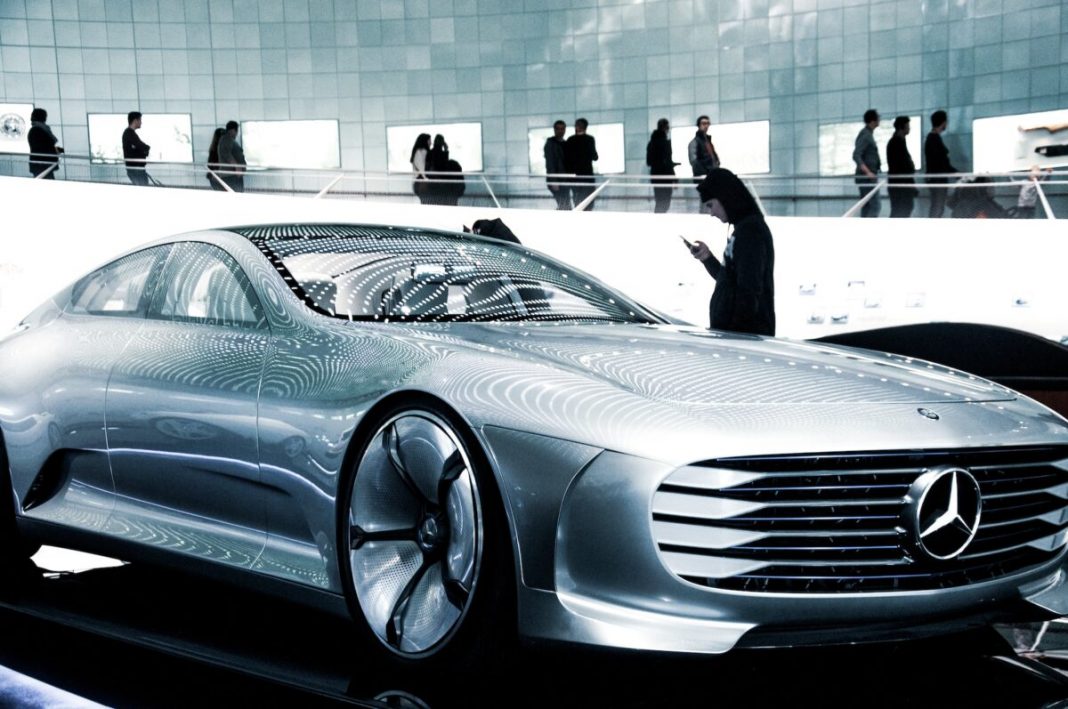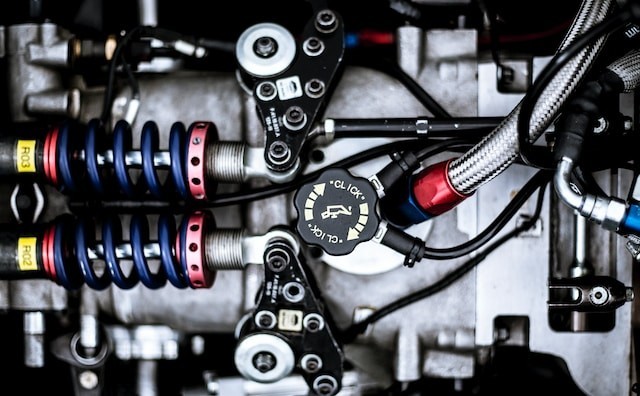

For many people, classic cars are more than just vehicles – they’re works of art, symbols of a bygone era, and a reminder of a time when cars were built with passion and craftsmanship. However, as the world of automotive technology advances, many car enthusiasts are wondering what the next generation of classic cars will look like. In this article, we’ll explore some of the emerging technologies that may shape the future of classic cars.
Electric powertrains
One of the biggest trends in the automotive industry is the shift towards electric powertrains. While classic cars are known for their powerful engines and roaring exhausts, the next generation of classic cars may be powered by quiet, emissions-free electric motors. In fact, several classic car manufacturers are already experimenting with electric powertrains, including Jaguar with its E-Type Zero and Aston Martin with its Heritage EV program.
While some purists may balk at the idea of electric classic cars, the technology has the potential to make these vehicles more accessible, more environmentally friendly and more reliable without reliance on combustion engine classic car parts. With an electric powertrain, classic cars could be driven in cities with strict emissions regulations, and owners could enjoy the same performance and driving experience without the noise and pollution.

Autonomous driving
Another emerging technology that could shape the next generation of classic cars is autonomous driving. While many classic car enthusiasts may argue that the joy of driving comes from being behind the wheel, autonomous technology could bring a new level of safety and convenience to these vehicles. For example, a classic car equipped with autonomous technology could be programmed to navigate challenging road conditions or to take over driving duties in heavy traffic.
While autonomous driving is still in its early stages, many automakers are investing heavily in the technology, and it’s only a matter of time before it becomes more widely available. As it does, classic car owners may have the option to retrofit their vehicles with autonomous technology, bringing the safety and convenience benefits of this technology to their cherished vehicles.
3D printing
Another technology that’s already starting to change the classic car industry is 3D printing. This technology has the potential to revolutionize the way classic cars are restored and maintained, allowing owners to print replacement spare auto parts on demand. With 3D printing, classic car enthusiasts could restore rare or discontinued parts without having to scour junkyards or pay exorbitant prices for original parts.
In addition to replacement parts, 3D printing could also be used to create new designs for classic cars. For example, some manufacturers are already experimenting with 3D-printed bodies and other components, which could allow for more creative and unique designs in the future.
Augmented reality
Finally, augmented reality is another technology that could shape the future of classic cars. With augmented reality, classic car owners could overlay digital information onto the real world, allowing them to see information about their vehicles or their surroundings in real-time. For example, an augmented reality system could display information about the vehicle’s performance or history as the owner drives it, or it could provide driving directions or points of interest along the route.
While augmented reality is still in its early stages, it has the potential to add a new level of excitement and engagement to classic cars, allowing owners to learn more about their vehicles and their surroundings as they drive.

In conclusion, the next generation of classic cars is likely to be shaped by a range of emerging technologies, from electric powertrains and autonomous driving to 3D printing and augmented reality. While these technologies may change the way we think about classic cars, they also have the potential to make these vehicles more accessible, safer, and more environmentally friendly, while preserving their timeless beauty and style. Whether you’re a die-hard classic car enthusiast or a curious newcomer to the hobby, it’s an exciting time to be part of this vibrant and evolving community.